It’s up very early today and down to the station to catch the train to Myrdal on the first leg of the journey to Bergen. This journey is rather special. It is called Norway in a Nutshell and takes 13 odd hours involving trains, a bus and a fjord cruise and some time on the famous (!!) Flam railway down to Bergen.

So the first leg is the service out of Oslo, leaving punctually in the darkness at 0625. As dawn comes up the tall suburbs of Oslo fly pass, occasionally interrupted by scenic fingers of water, a river, a lake, its banks dotted with the yellows and reds of painted houses amongst almost-turning trees. Tunnels certainly help. The train disappears leaving an urban landscape outside, only to emerge after 5 minutes or so into another scene of open countryside and wooded valleys. Small towns appear and disappear, giving way to increasingly larger tracts of farmlands with forested ridges and scarps behind.



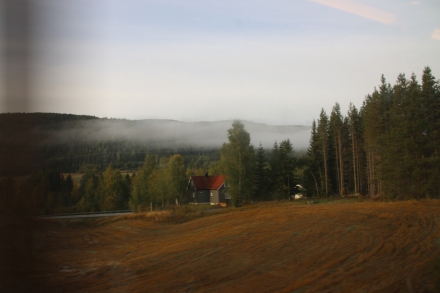
About a dozen towns of reasonable size come up, one at a time, on the flat valley floor every 10 minutes or so as a reminder that man has tamed this landscape and uses its resources, mostly timber from the higher ground, in a responsible way. This leaves the flatter areas free for building and agriculture, linked by the tracks of the railway and the tarmac of the road beside it; two buddies, side by side, linking human communities, sometimes together, sometimes splitting to opposite sides of the river.



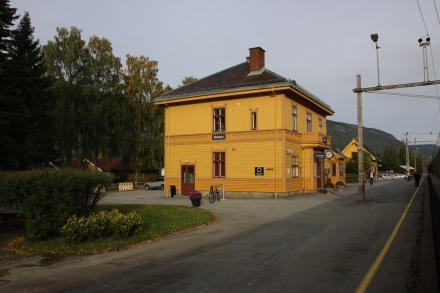
Increasingly wilder mountain scenery squeezes in on either side. Bare rock and clumps of pine hug the tracks to the left, an islanded string of a lake hugs the right. The water cuts the easiest route for the railway and the road to follow through the heights, its presence given away by clinging tendrils of wispy clouds.



As we climb, one station to another, the temperature drops, unravelling on the landscape. At 7° the leaves have turned and the landscape is transformed from green to yellow. A further drop of 2° sees us at 1,200 metres and another change. Trees have given up entirely and left the mountains naked, their crags and rocks openly on display.

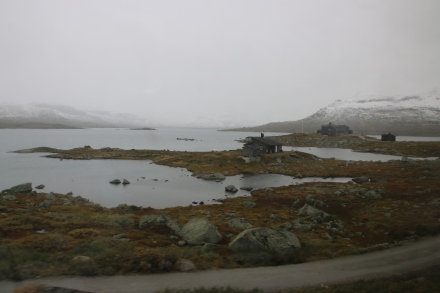
I am trying to take pictures to give you an impression of this journey. This is rather hard as not only are the windows filthy, but the perpetual curtain of pine or scrubby bush or tunnel only occasionally and suddenly draws back to provide fleeting and urgent views of the landscape.
So we arrive at Myrdal, high up on the high mountain plateau where many off us change trains for the journey down.


It is then a 1 in 18 gradient descent through the wild Flam valley to the village of Flam itself, on the Aurlandsfjord. This branch line has 20 tunnels, 18 of which were built by hand. On the way down, fantastic views of the valley can be had and its wonderful walking/skiing terrain complete with many waterfalls, rushing torrents of rivers, goat farms and a range of colourful settlements of different shapes and sizes.



At the bottom the clouds have come down and it all feels very damp and grey. This joins up and the drizzle gets heavier, turning to a perpetual wet rain. The boat is waiting for us.

The elements give the chug up the fjord a mysterious, rather heavy feel. A few isolated settlements huddle on their patch of emerald green at the fjord’s edge, dwarfed by mountains and glaciers that blow down their covering of mist and cloud to squash the houses in an eerie gloom.



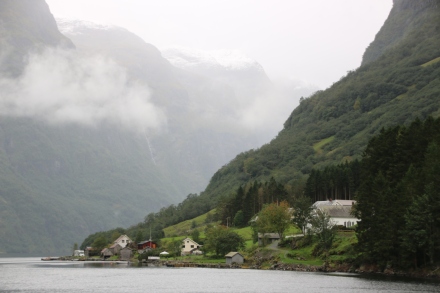

All of this is a preamble to the next leg. Having seen all this from a distance the bus now takes us up close and familiar on the road to Voss train station – up close to roaring waterfalls, shooting rapids, rushing rivers and familiar with homely farmsteads, brightly painted homesteads and shaved, stubbled fields. Sadly the rain is now proper rain and the windows are so covered with spray that they shield the views from my camera so you’ll have to take my word for it.
The 1741 train to Bergen is the final leg. It arrives and leaves on time as every mode of transport has done during the day. The trip has been true to its title – it really has been Norway in a Nutshell and well worth it. I hope you enjoyed the journey.














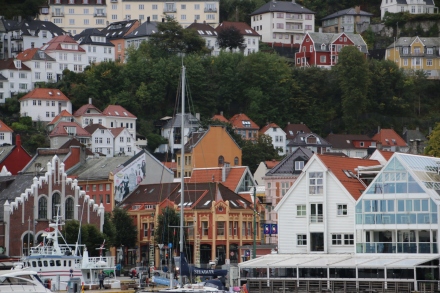










































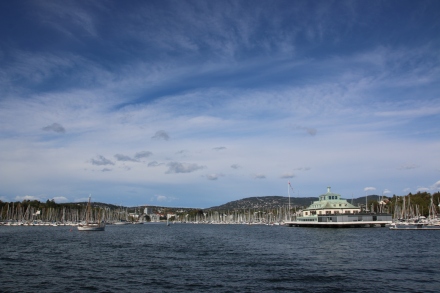


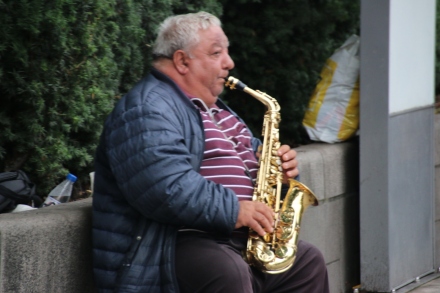




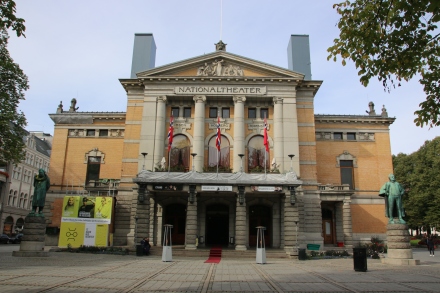


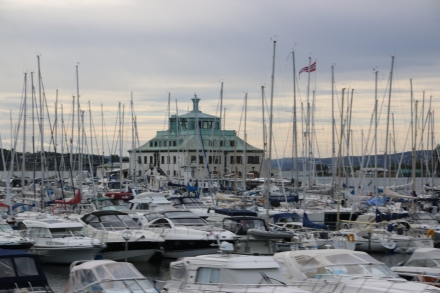
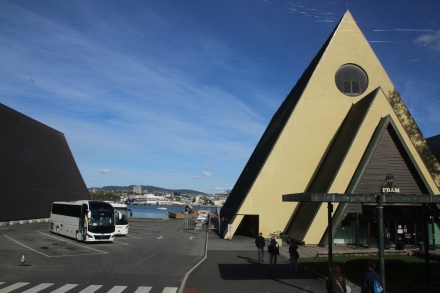












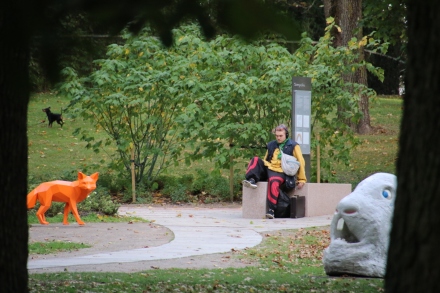







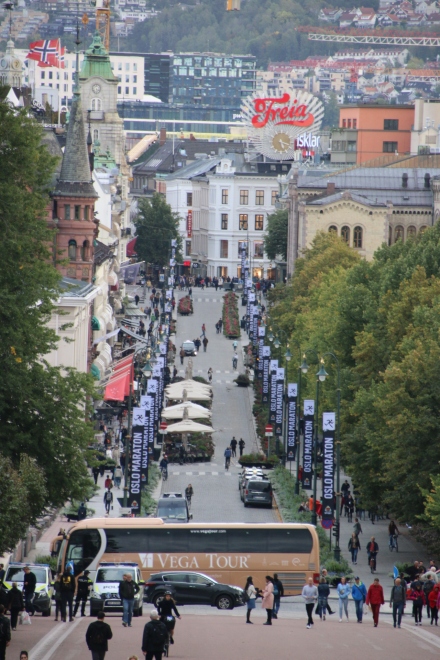


You must be logged in to post a comment.